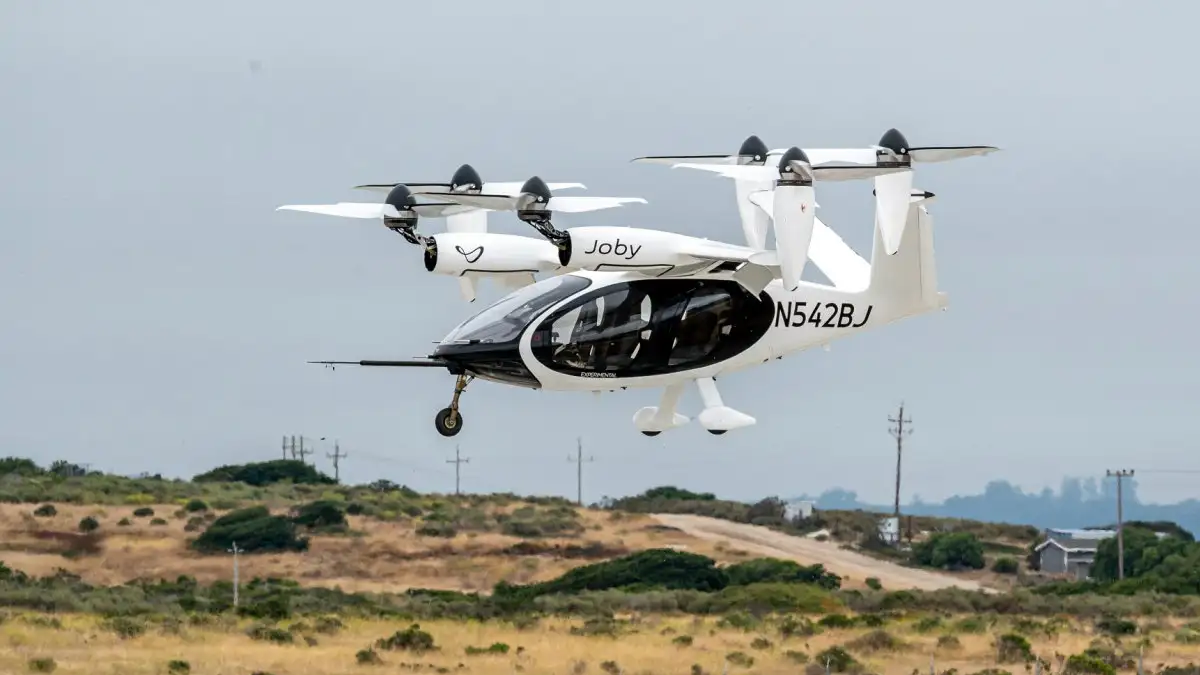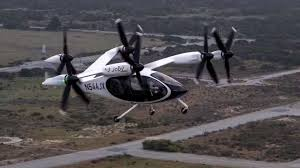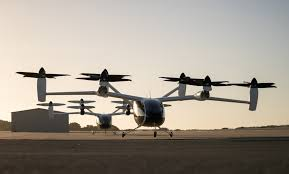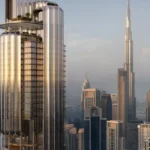Now Reading: “Why Joby Aviation Picked Dubai to Launch Flying Taxis First 2025!”
-
01
“Why Joby Aviation Picked Dubai to Launch Flying Taxis First 2025!”
“Why Joby Aviation Picked Dubai to Launch Flying Taxis First 2025!”

Table of Contents
In a move that is shaping the future of urban transportation, Joby Aviation, the world-renowned electric air taxi company, has announced Dubai as the launch city for its cutting-edge air mobility services. This development marks a significant milestone not only for the company but also for Dubai’s ambition to become a global leader in smart transportation and urban air mobility (UAM).
But why did Joby Aviation, an American-based leader in electric vertical take-off and landing (eVTOL) aircraft, pick Dubai over other global tech hubs like Singapore, Los Angeles, or Tokyo? What makes this Middle Eastern city the perfect starting point for flying taxis?
Let’s take a closer look.
Dubai: A City Designed for the Future

Dubai is not just a city; it’s a vision of the future made real. Known for its futuristic skyline, advanced infrastructure, and bold government initiatives, Dubai has always been one step ahead in adopting new technology.
In recent years, Dubai’s government has been heavily investing in smart transportation projects as part of its “Dubai 2030 Urban Mobility Plan.” The city has set an ambitious goal: to make 25% of all transport autonomous by 2030. The Roads and Transport Authority (RTA) of Dubai has already tested driverless cars, autonomous pods, and smart metro systems. Now, with Joby Aviation’s air taxis, the skies are next.
Strong Government Support and Vision

One of the main reasons Joby Aviation chose Dubai is the city’s supportive and forward-thinking government. The Dubai government is known for working hand-in-hand with tech companies, providing clear policies, flexible regulations, and financial incentives that make it easier to launch innovative transportation services.
His Highness Sheikh Mohammed bin Rashid Al Maktoum, the Ruler of Dubai, has always encouraged the adoption of next-generation technologies to make the city smarter and greener. This open-mindedness towards future transport solutions has made Dubai a natural partner for Joby Aviation’s vision.
In fact, Dubai’s RTA has already signed a landmark agreement with Joby Aviation to launch air taxi services as early as 2026. The company will enjoy exclusive rights to operate air taxis in Dubai for six years—something that is rarely offered in other cities.
Ideal Urban Environment for Flying Taxis
Another factor in Joby’s decision is Dubai’s unique city structure. The city’s high-rise buildings, wide road networks, and relatively low air traffic congestion provide an excellent environment for eVTOL operations.
Unlike cities such as New York or London, where crowded airspace and dense urban layouts make air taxi operations more complex, Dubai offers large open areas, modern infrastructure, and well-planned districts. These features make it easier to build vertiports—special landing and takeoff zones for air taxis—without disrupting existing transport systems.
Furthermore, many of Dubai’s famous destinations—like Downtown Dubai, Dubai Marina, and Palm Jumeirah—are just 10-20 kilometers apart, making short air taxi trips both practical and highly attractive to tourists and business travelers.
A Hub for Global Travelers
Dubai is not only a local city but also a global crossroads. With Dubai International Airport (DXB) being the world’s busiest airport for international travel, the city attracts millions of tourists and business visitors every year.
Joby Aviation sees this as a golden opportunity. Air taxis can offer quick, seamless transport between the airport, hotels, business districts, and tourist hotspots, providing a faster alternative to taxis or metro systems. Imagine landing at DXB and reaching Downtown Dubai in 5 minutes—avoiding traffic jams completely. This convenience is likely to make air taxis a hit with both luxury travelers and busy executives.
Favorable Climate and Weather Conditions
Weather plays a big role in the success of air mobility services. Unlike cities with frequent rain, snow, or strong winds, Dubai’s dry desert climate provides stable flying conditions most of the year. This is perfect for Joby Aviation’s electric aircraft, which are designed for short, smooth, and safe trips.
Though Dubai does experience occasional sandstorms, these are predictable and can be managed with modern weather monitoring systems. Overall, the city’s climate supports regular, reliable air taxi operations—something that cannot be guaranteed in many other major cities.
Boosting Dubai’s Reputation as a Tech Leader
For Dubai, partnering with Joby Aviation is more than just a transport project—it’s a strategic move to boost the city’s image as a global technology leader. Already known for hosting world-class events like Expo 2020 and the World Government Summit, Dubai wants to be seen as the testing ground for the future of urban mobility.
Flying taxis are likely to attract global attention and encourage other tech innovators to bring their ideas to Dubai. The city could soon become a model for smart cities around the world.
What This Means for Residents and Visitors
If everything goes as planned, Dubai’s residents and visitors could be flying across the city by 2026. Joby’s eVTOL aircraft are quiet, safe, and environmentally friendly, producing zero emissions. Prices are expected to be competitive with ride-hailing services like Uber, making this futuristic mode of transport accessible to more people—not just the rich.
With flights expected to connect key locations such as DXB Airport, Downtown Dubai, Palm Jumeirah, and Dubai Marina, daily travel times could be reduced dramatically. A 45-minute car journey could be shortened to just 10 minutes by air taxi.
The Future is in the Sky
Joby Aviation’s decision to make Dubai its launchpad for air mobility is no accident. It’s the result of smart government policies, modern urban planning, favorable weather, and a shared vision of the future.
As the countdown to 2026 begins, Dubai is set to make history once again—this time by becoming the first city in the world where flying taxis are a regular part of daily life.
Conclusion
Joby Aviation’s choice of Dubai reflects the city’s unique blend of ambition, technology, and opportunity. From strong government support to ideal flying conditions, Dubai has everything needed to become the world’s first air taxi capital. For the people of Dubai—and visitors from around the globe—the sky is truly the limit.
Read More:- Shobha Realty Launches Its Most Luxurious Project Yet—Full Details Inside 2025



















